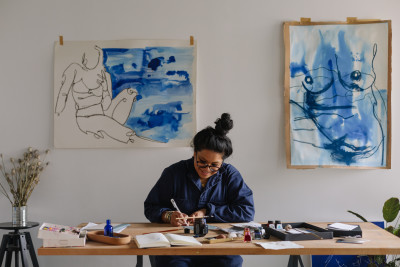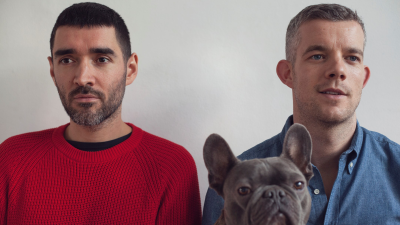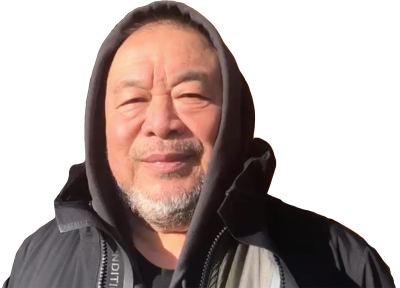Ai Weiwei: podcast round-up
Ai Weiwei: podcast round-up
By the RA Podcast Team
Published 20 November 2015
From a curator’s introduction to the work of Ai Weiwei, to Cornelia Parker RA discussing the artist’s destructive techniques, we present a round-up of podcasts on our blockbuster exhibition.
-
It is only 10 years since Ai Weiwei had his first solo museum exhibition in Europe; since then he has established an enviable international reputation. Despite the fact that his art remains in huge demand across the world, he continues to be better known as an outspoken critic of the Chinese authorities, especially following his illegal detention in 2011 and a subsequent, much-publicised tax case.
-
An introduction to Ai Weiwei
In this introductory podcast, exhibition curator Adrian Locke explains how Ai Weiwei, since his return to China in 1993, uses his art, not just his words or cyberspace to comment on contemporary Chinese society today. Locke also explores the meanings and stories behind his materials and methodologies, including his use of found rebars (steel rods used to hold buildings upright) in the deeply moving installation Straight.
Read curator Adrian Locke’s blog series about co-ordinating Ai Weiwei. Watch a video about Ai Weiwei’s work Straight.
-

Ai Weiwei, Straight, 2008–12.
Steel reinforcing bars. 600 x 1200 cm. Lisson Gallery, London. Image courtesy Ai Weiwei. © Ai Weiwei.
-
The "readymade" and destruction in art
In this discussion, artists Christian Marclay and Cornelia Parker RA – with historians Professor Dario Gamboni and Dr Ros Holmes – discuss the impact of the “readymade” and the destructive process in art, as seen in the work of Ai Weiwei.
Many of the strategies that Ai Weiwei employs as an artist can be easily aligned within the legacy of iconoclasm and the notion of art under attack. Works such as Dropping a Han-Dynasty Urn (pictured below), Han Dynasty Urn with Coca-Cola Logo and Kippe all possess an action or process by the artist which subverts the original visual representation and meaning of an object.
-

Ai Weiwei, Dropping a Han Dynasty Urn, 1995.
3 black and white prints. Each 148 x 121 cm. Courtesy of Ai Weiwei Studio Image courtesy Ai Weiwei © Ai Weiwei.
-
Ai Weiwei and architecture
In this podcast, curator Philip Tinari and architects Daniel Rosbottom and Simon Hartmann explore Ai Weiwei’s architectural practice.
Architecture is an important but perhaps lesser-known aspect of Ai Weiwei’s practice. Along with a huge number of buildings realised over a decade with his studio FAKE design and in collaboration with international architects, architectural thinking permeates his art, writing and curatorial practice.
Caochangdi: The studio and the community, Ai Weiwei as Architect is in the Architecture Space at the RA until 13 December.
-

Red Brick Complex Caochangdi, Beijing, 2007
Ai Weiwei Studio
-
Ai Weiwei and the stuff of Chinese art
Ai Weiwei has used and reused a wide range of materials throughout his career, including Han dynasty urns as well as modern porcelain sunflower seeds, and the columns of demolished Ming temples alongside pearls and plastics, marble and gilding.
In this podcast, Craig Clunas, Professor of Art History at the University of Oxford, explores this materiality in the context of Chinese art of the past and present.
-
Ai Weiwei is in the Main Galleries until 13 December 2015. See all related events at the RA.






